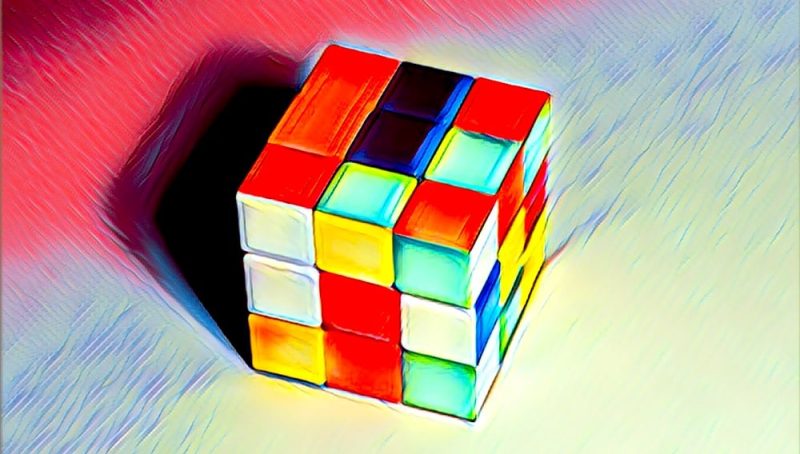If you have never seen a speedcubing competition, or if you’d like to learn more about them, you can watch The Speed Cubers. Directed by Sue Kim, this film is a look at how some people become speed cubing champions. It includes a film review of the film and gives an overview of the world speed cubing championships.
Film review of ‘The Speed Cubers’
The Speed Cubers is a spirited film about the world’s fastest cubers and the bonds they forge with each other. It is a film about friendship and the transformative power of games. It is an uplifting and touching story that will leave you wanting to grab a Rubik’s cube for yourself!
The film begins with a look at the early life of Max Feliks. He was born with Autism and his parents wanted to break him out of his shell. They introduced him to the Rubik’s cube when he was seven years old. His parents were inspired to encourage him to participate in cubing competitions, and he quickly rose to the national stage.
The Speed Cubers is an engaging documentary that has a heartwarming theme. It shows the bond that Max Park has with his rival, Feliks. The two of them are great friends, and their bond is a highlight of the film.
Overview of world championships for speed cubers
In this documentary, we see two remarkably sharp minds from opposite sides of the world competing to solve Rubik’s cubes within six seconds. The competition is fast-paced, with the fingers blurring in the process. It’s a fascinating sight to see.
There are many ways to solve the cube, but the corner-first method is one of the most popular. Other methods include assembling the cube piece by piece – much like Legos! For example, the Fridrich Method, named after its pioneer Jessica Fridrich, involves crossing the first two layers. The last layer is then oriented and permuted.
The speed competitors in the world’s speed cubing competitions include Feliks Zemdegs, an Australian who is undisputed the best in the world. Another competitor, a 17-year-old autistic boy named Max Park, is gradually catching up to Zemdegs. The two are fast friends, and they are unlikely to let each other down.
Quality of speed cubes
Speed cubes come in a variety of different designs and quality. When choosing the best one for your needs, there are a few things you need to keep in mind. Firstly, many of them are fitted with magnets for optimum turning accuracy. In the past few years, this has become the norm. But before purchasing a speed cube, decide whether you want to install magnets or not.
Another important factor to consider is the price. Generally, speed cubes are priced between $20 and $50, but some are much more expensive. If you’re unsure, you can compare the price to other similar products online. Similarly, you can also consider the durability and quality of the material before buying.
MoYu is one of the most experienced speed cube manufacturers, with a history of world record-breaking cubes. Its flagship cube, the GTS2M, is the fastest Rubik’s cube solution ever recorded. Yusheng Du solved it in just 3.47 seconds. MoYu has also recently released a magnetic version of the GTS2M cube.
Lockups on speed cubes
There are a few factors to consider when choosing a speed cube. One important consideration is whether you’re looking for extreme speed or control. The extreme speed feature of a speed cube can interfere with the solve algorithm, making it harder to perform the task. Generally, smoother cubes are better for controlling speed because of their increased number of layers and lower friction. In addition, smoother cubes do not require as much effort to rotate than 4x4s, which are more difficult to rotate.
Regardless of the shape of your cube, you’ll still encounter a certain degree of lockups and catching. Typically, this occurs when multiple layers of the cube cannot be turned. This happens because of the cube’s interior design. This is a problem that is less common on 3×3 cubes, but is more prevalent on larger cubes.
Another issue that causes lockups on speed cubes is corner cutting. Essentially, if you turn the corner piece too quickly or sharply, the cube will “pop out” and be impossible to solve. Luckily, this isn’t too hard to fix. Corner twisting is a relatively rare problem with modern cubes, but if it happens, you’ll need to twist back the corner piece and try again.


